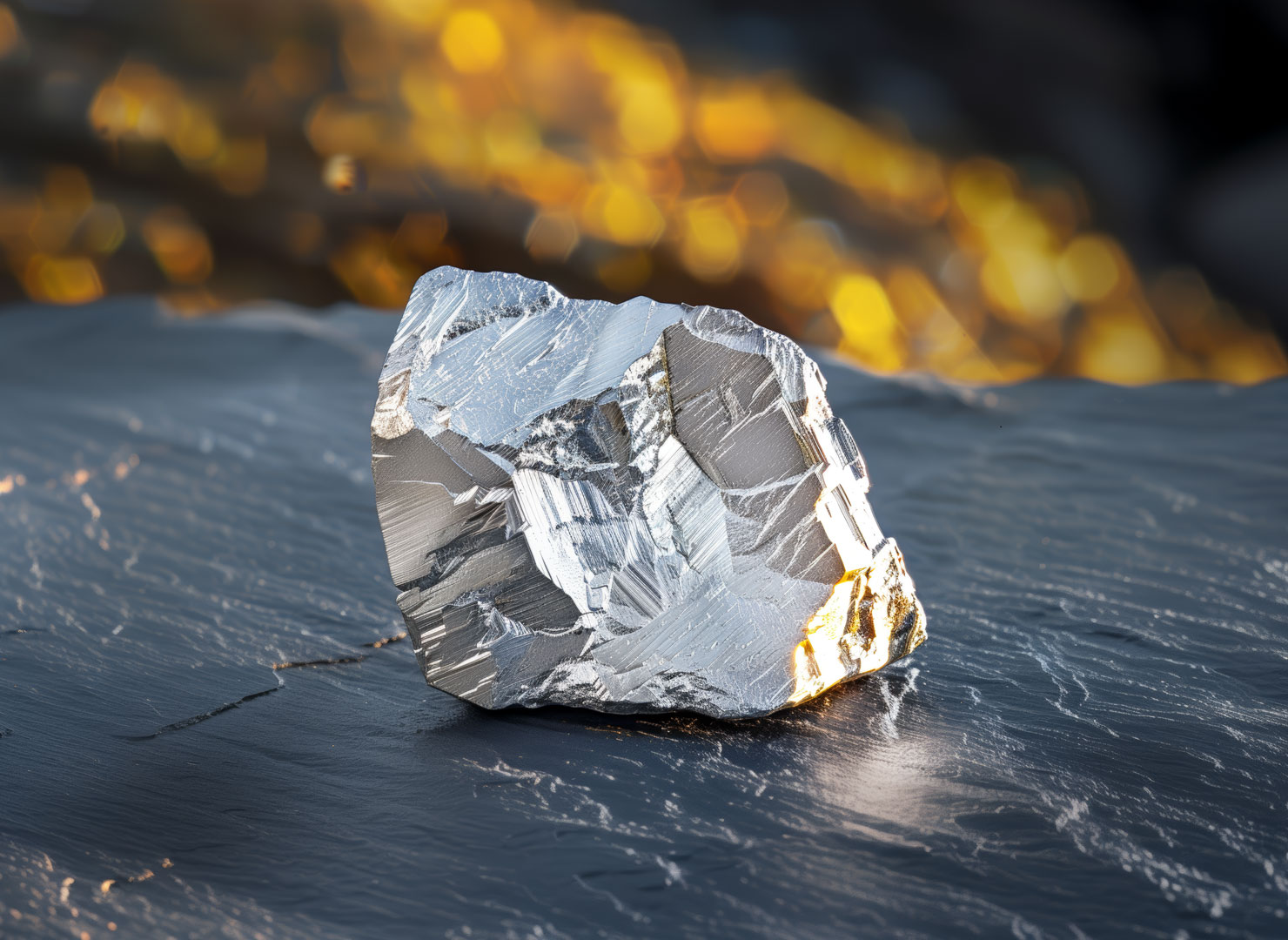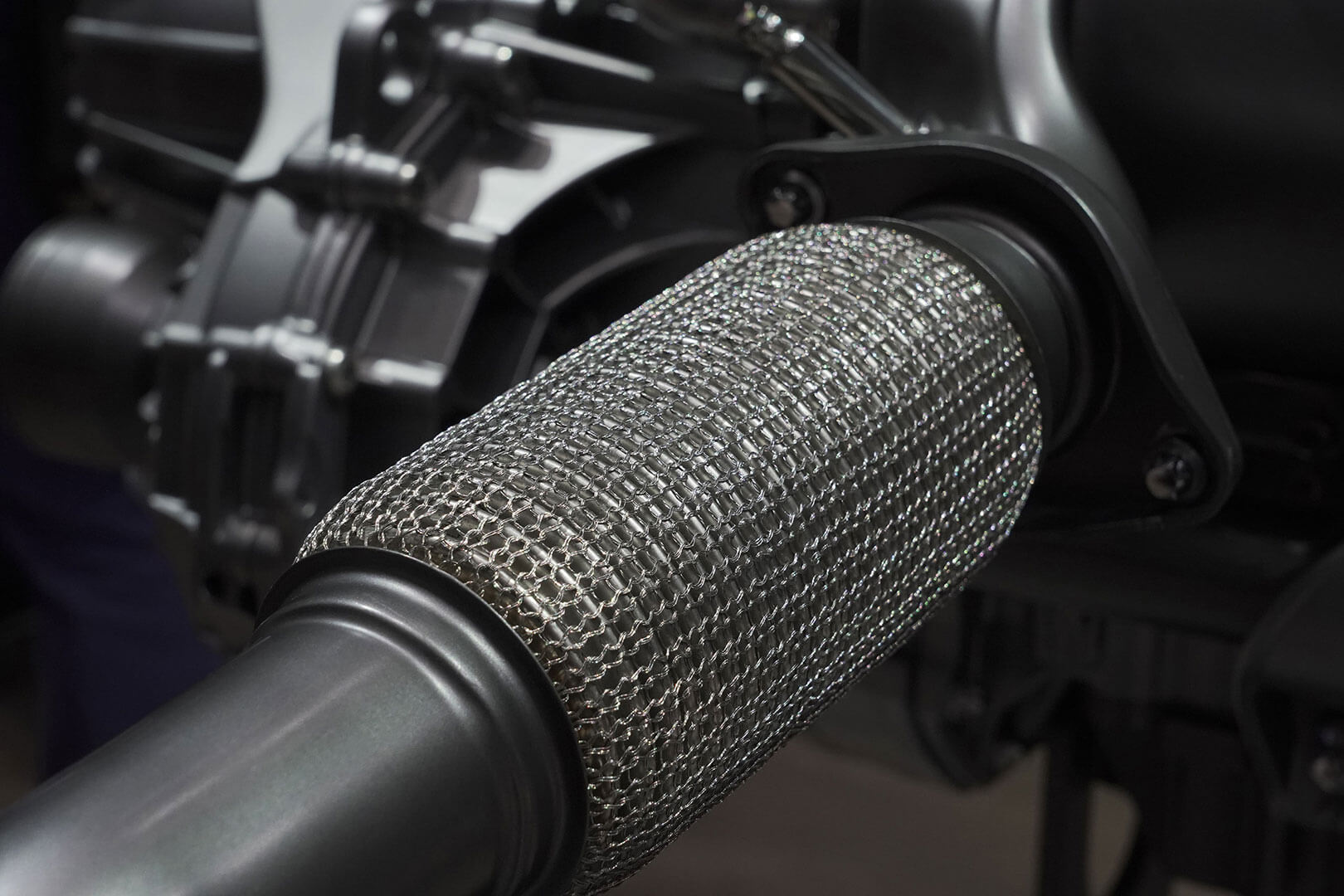The Element Lutetium
On this page you can find out more about the rare earth element
Name: Lutetium
Symbol: Lu
Ordinal number: 71
Density: 9,84 g/cm3
Melting point: 1.663 °C
Boiling temperature: 3.395 °C
Lutetium is one of the lanthanidesA group of 15 elements with chemically very similar properties. in the periodic table.
Introduction
The Most Expensive of All Rare Earth Elements
Lutetium is the most expensive rare earth element and plays a role primarily in highly specialized applications.

Three Independent Researchers, One New Element
Lutetium was discovered independently in 1907 by Georges Urbain in France, Charles James in the US, and the Austrian chemist Carl Auer von Welsbach. In 1909, Urbain was officially recognized as the discoverer by the International Atomic Weights and Measures Committee. He proposed naming it Lutecium, the Latin name of his native city of Paris. In 1949, the spelling was changed to Lutetium, the name used today. In German-speaking countries in particular, the element was long known as Cassiopeium, the name proposed by von Welsbach.
Main areas of application for lutetium

The Discoverer of Lutetium
The French chemist Georges Urbain was born in Paris in 1872. A specialist in rare earths, he received numerous awards for his research and was a member and president of renowned institutes. He was also interested in art and was a painter, composer, and sculptor.
Characteristics
Highest Density and Melting Temperature of All Lanthanides
Lutetium is a shiny, silvery metal. Of all the lanthanides, it has the highest density and the highest melting temperature.
Areas of Application
Highly Specialized Applications
Lutetium is the most expensive rare earth, as it is difficult to separate from the other representatives of this group of raw materials. It is a highly specialized metal that has only a few applications, which explains its high price. Lutetium is used to manufacture computer chips using the immersion lithography processA process used in the manufacture of microelectronics, such as chips., as a catalyst for refining crude oil, and in infrared lasers. Lutetium also has some applications in medicine.

Catalysts
Catalysts increase the speed of a chemical reaction and are indispensable in many industries. In automotive catalytic converters, for example, catalysts convert combustion pollutants into non-toxic residues.
Learn more

Laser
Laser beams are concentrated electromagnetic waves. They have various applications in industry, medicine, and the military. Lasers enable high-speed Internet through optical fibers.
Learn more

Medical Technology
Rare earths are used in medical diagnostic and treatment technologies, including X-ray machines, MRI machines, nuclear medicine, prostheses, implants, and medical lasers.
Learn more

Lighting
Rare earths are used to produce classic fluorescent tubes, modern energy-saving lamps, and LED lights. The raw materials are also used in devices with picture tubes, tablets, and smartphones, where they produce red pixels.
Learn more
Deposits
Lutetium: Relaxed Supply in the Medium Term
Like the other heavy rare earths, lutetium is mainly derived from ion adsorption clays, which occur in only a few regions with strong weathering, such as southern China and Myanmar. Rare earths are extracted from the clays by leaching. In subsequent processes, the elements are selectively separated using organic solvents. After thulium and the unstable promethium, lutetium is the rarest lanthanide.
The map shows the regions of the world where heavy rare earths are currently mined.

High Price Despite a Relaxed Supply Situation
As the number of fields of application for lutetium is comparatively low, the supply situation is considered to be relaxed in the medium term. Nevertheless, the price of lutetium is correspondingly high due to its complex separation process. The high regional concentration of mining and processing poses a risk.
Raw Materials Trading Industrial Customers
TRADIUM trades in all industrially relevant rare earth oxides. Choose from a wide range of specifications and take advantage of the option to reserve batches for the long term.
Purchase of Physical Assets for Private Customers
Benefit as a private customer from the exciting market for rare earths as a physical asset. You can find out here what opportunities TRADIUM offers and what tax advantages a purchase of raw materials entails.